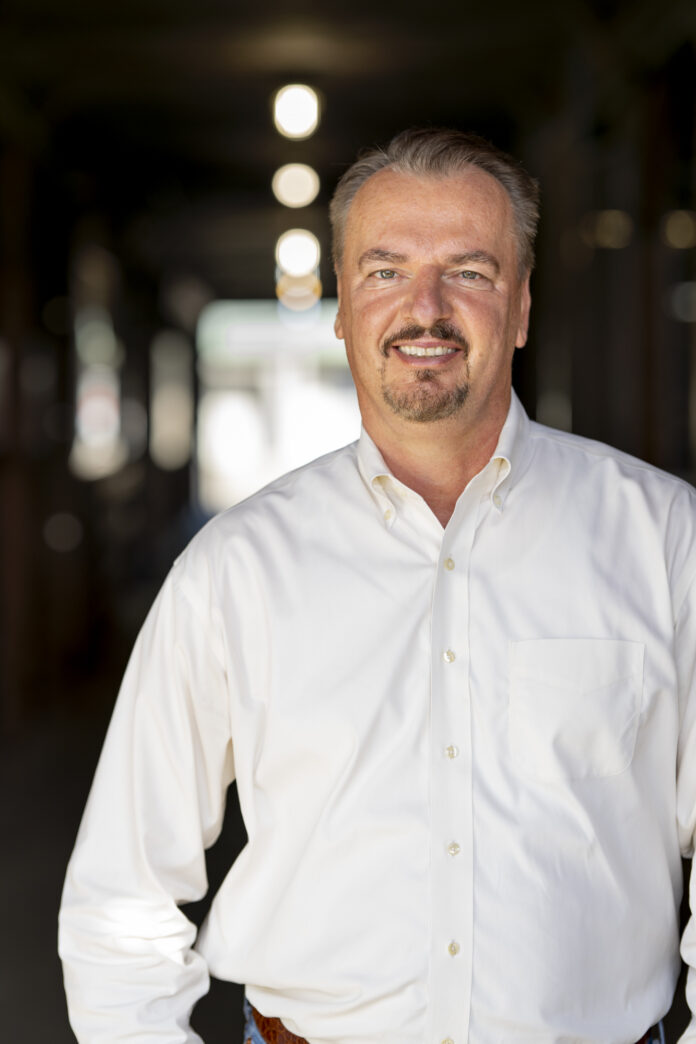A recent New York Times article questioned Professor Frank Mitloehner’s funding from and connections to the livestock industry
By RACHEL GAUER— campus@theaggie.org
On Oct. 31, 2022, “Unearthed,” Greenpeace UK’s environmental-based journalism project, published a piece titled, “How the livestock industry funds the ‘greenhouse gas guru.’”
“Guru” refers to UC Davis Professor Frank Mitloehner, who has built a public platform on Twitter with over 30,000 followers under a similar name – @GHGGuru.
Mitloehner works as both a professor and researcher in the Animal Science Department and is the director of the Clarity and Leadership for Environmental Awareness and Research (CLEAR) Center, which, according to its website, strives to “help the animal agriculture sector operate more efficiently in order to meet the demands of a growing population while it lessens its impact on the environment and climate.”
Much of the research the center and he conduct concerns methane emissions from livestock. Methane is a greenhouse gas that has a warming potential more than 28 times that of carbon dioxide but is much shorter-lived, according to an article on the CLEAR Center website.
The Greenpeace UK article is an exposé written by journalist Zach Boren which describes close relations between the CLEAR Center and leaders in the livestock industry. The article argues that this relationship influences CLEAR’s research related to the industry’s impact on the environment. Following the article’s publication, The New York Times (NYT) published a separate piece on Oct. 31 about Mitloehner titled, “He’s an Outspoken Defender of Meat. Industry Funds His Research, Files Show.”
The CLEAR Center website’s “About” page explains in detail what the center believes is the value of receiving funding from and having relations with the livestock industry.
In an interview with The California Aggie, Mitloehner emphasized the transparency that both he and the CLEAR Center maintain in regard to their funding.
“All of our funding was publicly disclosed,” Mitloehner said. “Every time I publish something, the funding source is disclosed. There is nothing fishy about it; this is standard operating procedure.”
The NYT article and associated investigation, according to Mitloehner, did not find him or the center to have violated any funding disclosure requirements set forth by university agencies. Mitloehner emphasized that this adherence to disclosure requirements is something he and the center focus on and what he believed to be at the heart of the NYT investigation.
However, Caspar Donnison, a postdoctoral student who researches climate change mitigation at UC Davis, said that he believes there is a more serious issue than simply funding disclosure rules. Mitloehner currently has Donnison blocked on Twitter following what Mitloehner described as “personal attacks” from Donnison.
“Many scientists work with industry and receive industry funding — that is not the central issue,” Donnison said. “The important thing is to manage that relationship to ensure that science is done objectively. However, this investigation found that Dr. Mitloehner and the CLEAR Center have a close relationship with agribusiness funders who provide input on the research and communication priorities of the industry. It’s a clear conflict of interest.”
While writing the “Unearthed” article, Boren used Freedom of Information Act requests to gain access to several documents that Donnison said reveal a more complex relationship between the CLEAR Center and the industry.
“Some [of the documents Boren received are] published online and I’ve seen them,” Donnison said. “This is more than industry-funded scientific research: there are extensive communication activities and a social media approach which is consistently pro-industry.”
In the “Unearthed” article, Boren concluded that based on the documents, the center’s structure was formed through collaboration between UC Davis and an offshoot of the American Feed Industry Association (AFIA).
“The documents show how, under the terms set out in this agreement, industry groups have committed millions of dollars of funding for CLEAR’s work,” the article reads. “The centre has [also] committed to maintaining an ‘advisory board’ of 12 of its agribusiness.”
Mitloehner, however, said that his communication and involvement with the industry is standard practice for positions like his.
“I’ve found it just disheartening that an outlet like The New York Times criticized me for working with the very industry that I seek to improve,” Mitloehner said. “That is my job — to study the impacts of livestock and ways to reduce them [… and] communicate those findings with the sector and with the public at large. It has really personally hurt me a lot because they make it sound as if there is something wrong for an agricultural scientist to work with agriculture to reduce emissions.”
Following the publication of the recent articles, a petition was created by a group of climate activists from People for Climate Change Truth. The online petition, which has over 600 signatures, calls for a third-party investigation of Mitlohner’s research.
Donnison expressed similar sentiments to the petition, stating that the university should more carefully examine Mitloehner’s research practices.
“I think this is a really important issue for our university because it challenges our integrity and I think it also risks undermining the actions needed to address climate change,” Donnison said. “I do think the university leadership needs to take a close look at this because it is our university name attached to activities at the CLEAR Center.”
Written by: Rachel Gauer — campus@theaggie.org




